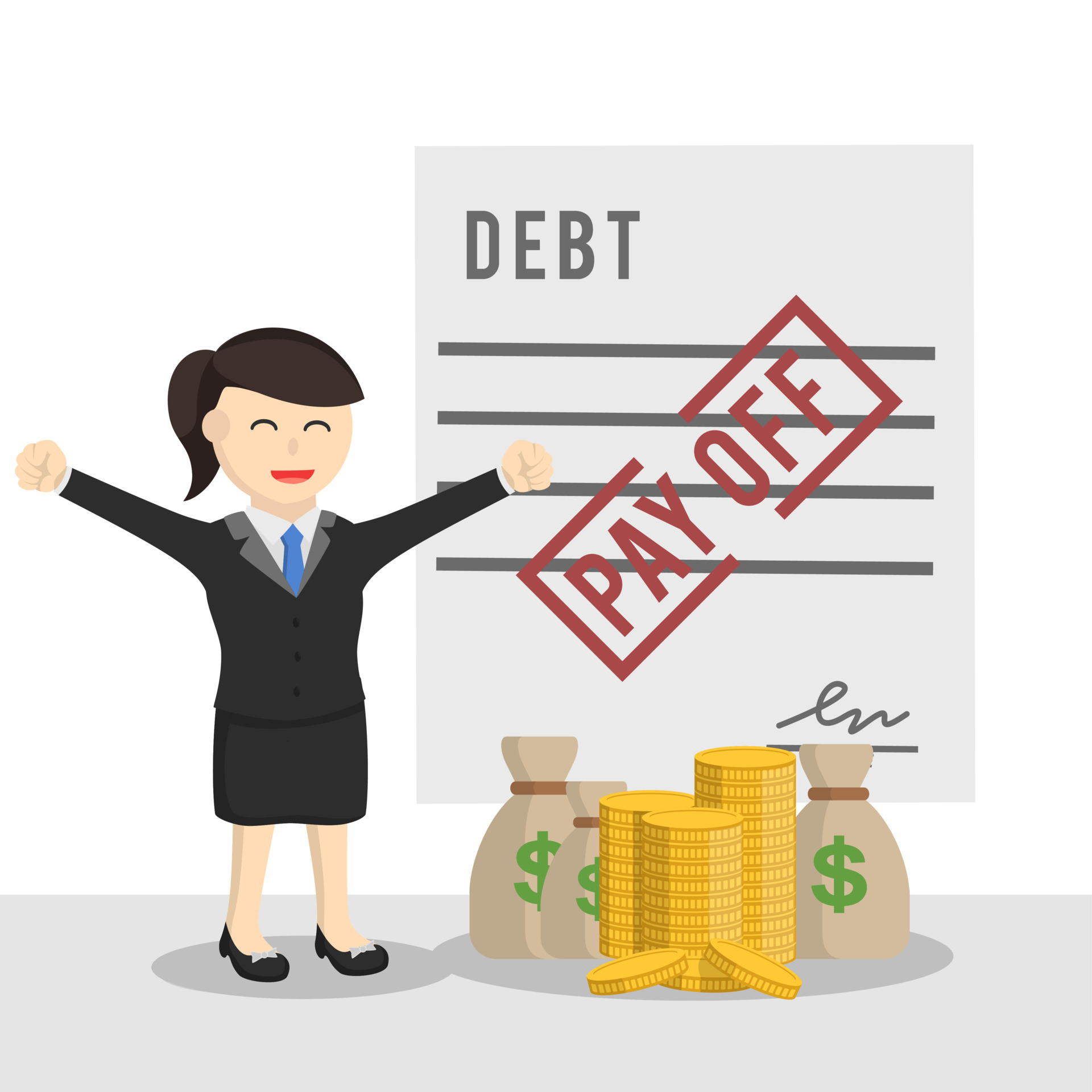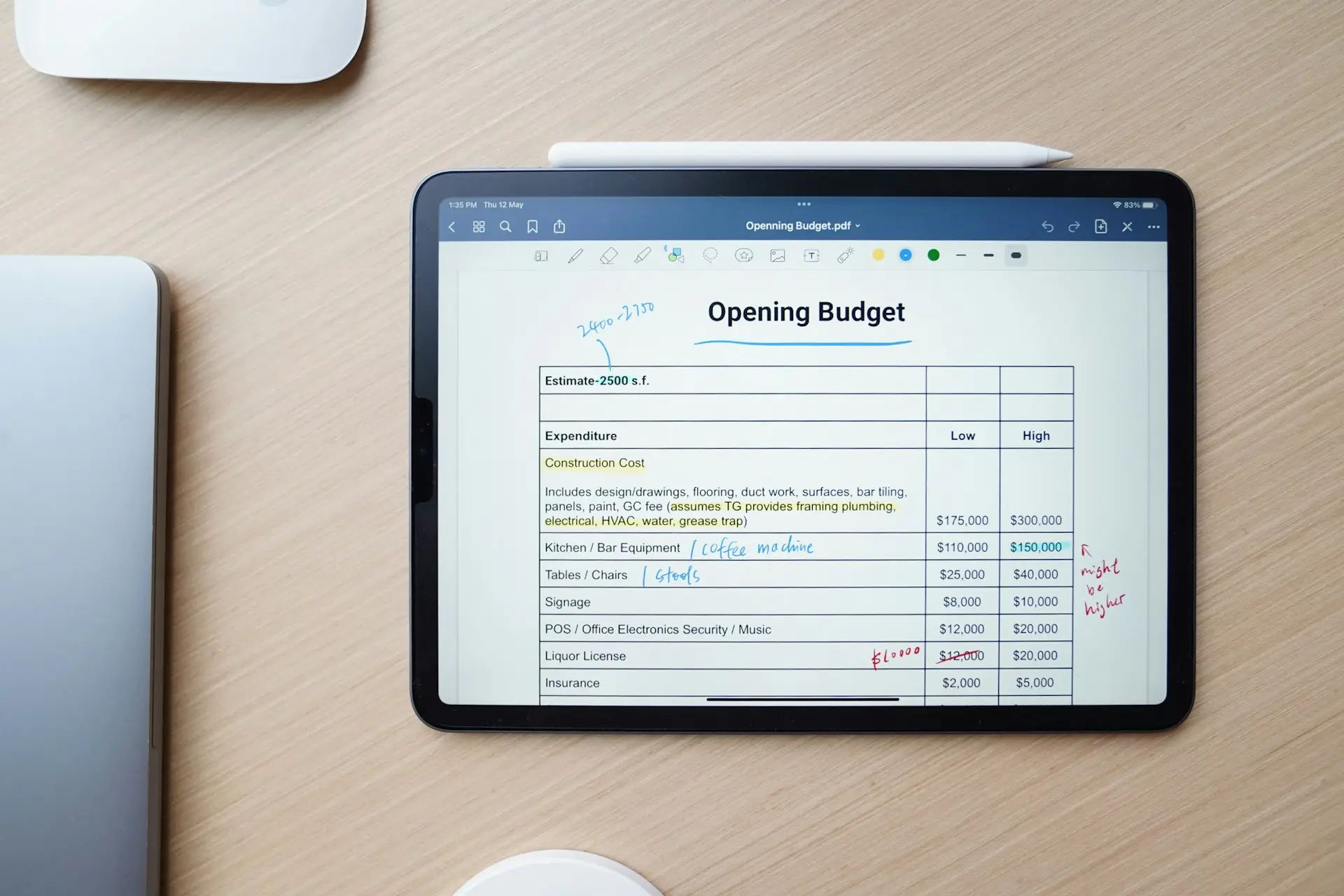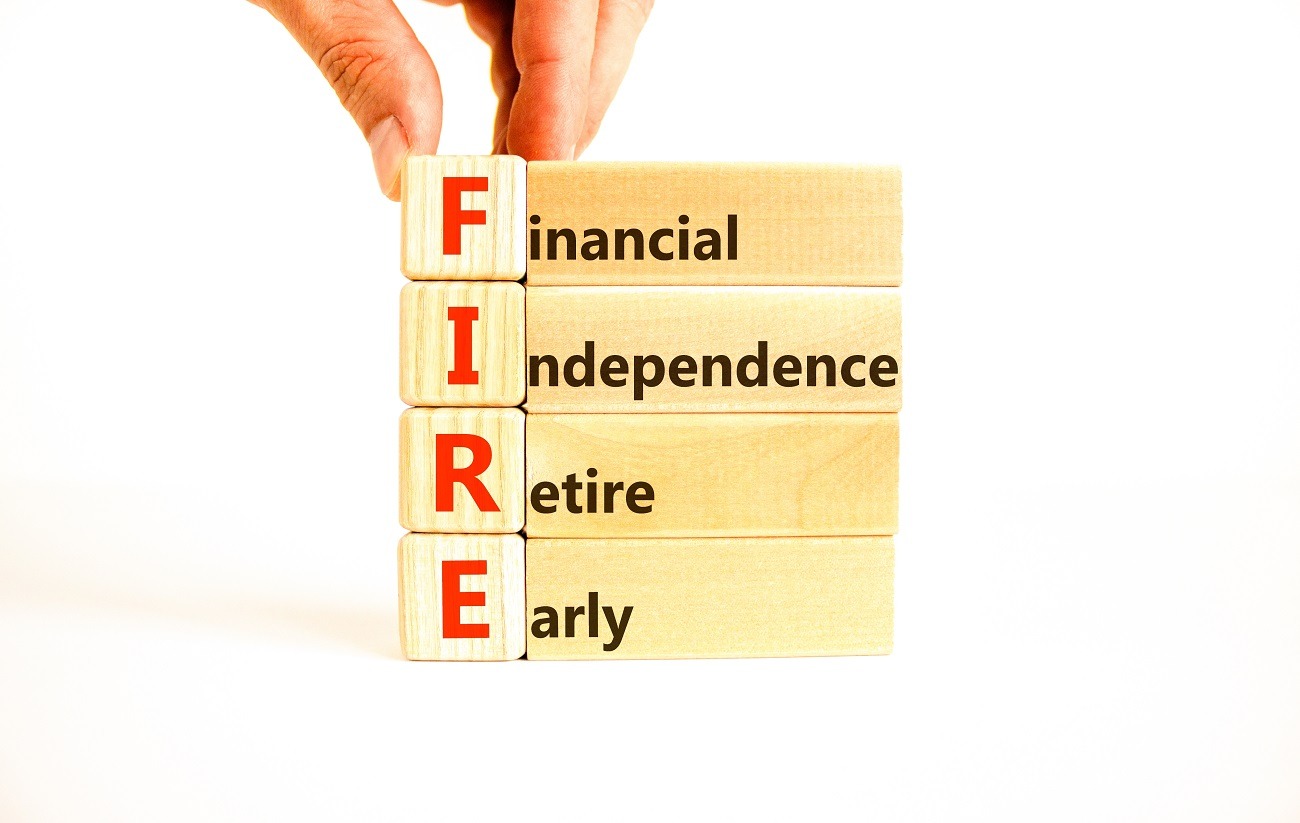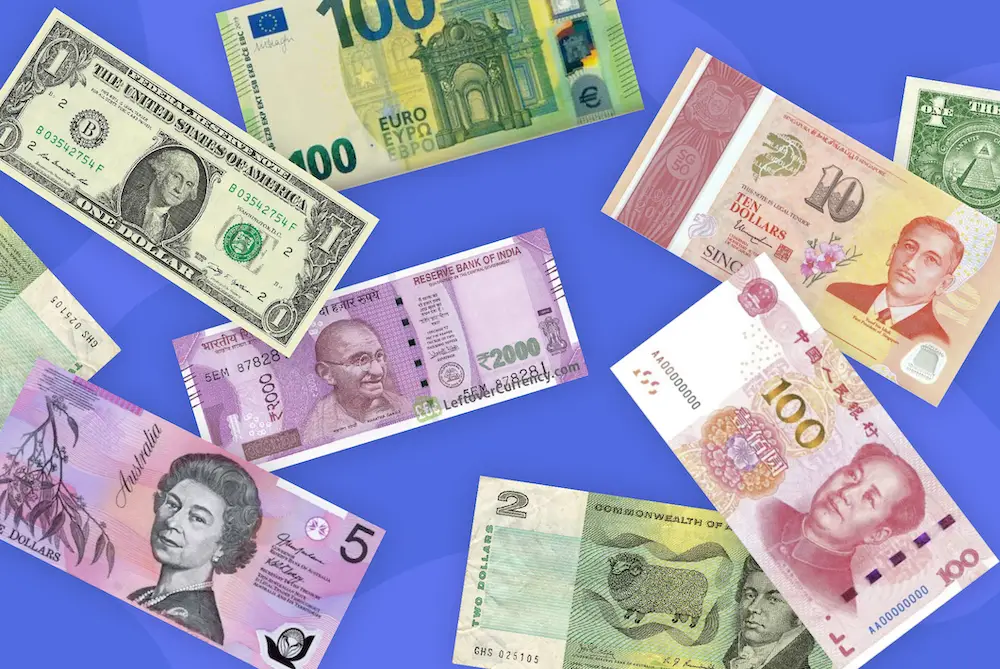If you’re struggling with debt, then please know that you’re not alone. It’s been just over 1 year since I had that horrible weight weighing down on me as well. However, I’m here to let you know that paying off $10,000 in just 12 months may seem quite ambitious, but with the right plan, it is absolutely achievable.
Getting free from debt isn’t just about reducing your debt – it unlocks confidence, savings, and peace of mind. In this step-by-step guide, I’ll break down exactly how I paid off $10K in debt in a year, the proven strategies I used, common pitfalls to avoid, and how you can do it too—starting today.
Why Paying Off Debt Quickly Matters
Carrying debt saps your wallet and energy. With the added interest fees and penalties, it sometimes feels like you’re never getting ahead.
However, the key to freedom is to pay your debt off quickly. The faster you pay it off, the more interest you avoid, and the quicker you can start building savings that will contribute to future wealth.
Carrying high balances can also damage your credit score and cause you constant financial anxiety. Once that debt is paid off, though, you will be rewarded with less stress, a higher credit score, better loan rates, and absolute economic freedom.
Step 1: Get Clear About Your Debt
List All Your Debts
The first crucial step is to be clear about the total amount you owe. Create a simple spreadsheet with:
- Creditor name (e.g., Visa, auto lender, student loans)
- Remaining balance
- Interest rate (APR)
- Minimum monthly payment
Review your last statements or log into your accounts. This step gave me a real wake-up call: $10,246 owing, across one credit card, a car loan, and a small personal loan.
Calculate Your Debt-to-Income Ratio
A clear understanding of your debt-to-income ratio will help you understand how much of your monthly gross income goes to debt. It can also reveal whether you’re at risk of being overloaded.
Debt-to-Income Ratio Formula:
DTI=Total Monthly Debt PaymentsMonthly Gross Income×100%DTI=Monthly Gross IncomeTotal Monthly Debt Payments×100%
Aim for a ratio under 36% to keep your finances healthy.
Step 2: Create a Realistic, Aggressive Budget
Track Expenses for a Month
Download your transaction history or use a free budgeting app (like YNAB, Mint, or Monarch Money). Categorize every purchase—rent, utilities, groceries, dining out, subscriptions, impulse purchases.
Identify “Quick Wins”
I quickly noticed overspending on takeout, subscriptions, and online shopping, which added up to $250–$400 extra a month. By canceling streaming services, cooking at home, and pausing new clothing purchases, I freed up funds for debt payments.
Prioritize Debt Payments
Treat your minimum payments as mandatory bills—then, set a goal for how much more you can pay each month. Even $50 or $100 extra shaves months off your payoff timeline.
Step 3: Choose Your Debt Payoff Method
There are two popular ways to tackle multiple debts:
The Debt Snowball Method
- List debts from smallest to largest balance.
- Pay minimums on all debts except the smallest; then, throw all extra cash at the smallest debt until it’s gone.
- Move on to the next smallest—each time, your “snowball” of available payment grows.
- Motivation: Fast wins energize your progress.
The Debt Avalanche Method
- List debts from the highest to the lowest interest rate.
- Pay extra to the highest-rate debt first, and then make minimum payments on others.
- Money saved: You’ll pay less total interest, but motivation may lag if your high-rate debt is also your biggest.
What I did: I used the Avalanche method (highest interest first) because my credit card had a steep APR, saving me hundreds in interest.
Step 4: Make It Automatic
Set Up Automatic Transfers
Schedule auto-payments for:
- All minimums
- Extra “principal payments” on your target debt
Automation removed willpower and prevented late fees (which are both expensive and hurt your credit score).
Step 5: Increase Your Income
Paying off $10K in a year may require more than just cutting expenses. You’ll also need to generate extra income. Here’s how I boosted my monthly cash flow:
1. Side Hustles
- Freelance work (editing, design, social media, etc.)
- Rideshare and delivery apps (Uber, DoorDash)
- Weekend tutoring or gig work
2. Selling Unused Items
- Listed extra electronics, clothing, and furniture on Facebook Marketplace and eBay—making $500+ in 2 months.
3. Overtime or Shift Swaps
- Picked up 2–3 extra work shifts per month.
4. Small Windfalls
- Tax refund and work bonuses went straight to debt, not new “treats.”
Tip: Track all side income and apply it immediately to your debt. Even a small $100–$200 addition will make a difference!
Step 6: Slash Your Interest Rates
Interest can eat up more of your payments than you realize. The key is to eliminate as much interest as possible. One way is to lower the interest rates. Here are some ideas that I used:
1. Negotiate With Creditors
- Called my credit card company and asked for a lower rate. Polite persistence and on-time payments helped me get a 3% reduction.
2. Transfer Balances Wisely
- Considered a 0% balance transfer card, it only makes sense if you can pay it off before the promo ends. Read all fine print.
3. Refinance or Consolidate
- Refinanced my personal loan when better rates became available, lowering my monthly payment and the total interest paid.
Warning: Only consolidate debts if it truly reduces your rates, fees, or makes repayment simpler.
Step 7: Celebrate Little Wins—and Stay Motivated
Paying off debt is a long journey. It’s crucial to celebrate milestones:
- Made a chart or debt tracker you can physically mark off
- Rewarded myself with a favorite meal (budgeted for!) when I cleared each debt
- Marked the halfway point as a celebration
- Listened to finance podcasts and joined online communities for encouragement (r/personalfinance, debt-free Instagram accounts)
Step 8: Avoid These Common Pitfalls
1. Skipping Emergency Savings
Too often, people throw all their cash at debt and leave nothing for surprises. Set aside at least $500–$1,000 as a small emergency buffer so you don’t need to use credit cards if something happens.
2. Falling Back Into Old Habits
Track your spending monthly, even after you get started. Avoid “lifestyle inflation”—just because you pay off a loan, don’t instantly increase spending elsewhere.
3. Not Adjusting When Life Changes
If you lose a job or face an unexpected expense, rework your plan as needed. Flexibility is key.
Step 9: What Happened After 12 Months?
At the start, I committed to aggressive payments of $850 every month ($250 min + $600 extra), supplemented by side gigs and windfalls. Some months were tough, with medical bills and car repair surprises, but I kept automating payments and reducing spending.
After 12 months:
- All credit card and personal loan debts = PAID IN FULL!
- I paid the car loan down to under $5,000 and refinanced the remaining loan for better terms.
- Saved hundreds in interest.
- Credit score jumped by over 70 points.
Most importantly? I learned discipline—and gained absolute confidence that I can tackle any money challenge.
Step 10: What You Can Do—Action Plan
1. Write Down Every Debt.
- Include interest rates and minimums.
2. Choose Your Payoff Method.
- Snowball for motivation, Avalanche for total savings.
3. Make a “debt payoff budget.”
- What will you cut/sacrifice short-term?
4. Boost Income.
- Side gigs, selling stuff, second job, overtime—all count.
5. Automate Payments.
- Prevent late fees and missed payments.
6. Negotiate Your Rates.
- Call creditors, refinance, or transfer if the numbers make sense.
7. Stick With It and Celebrate.
- Mark milestones—every dollar counts!
8. Track Your Progress Monthly.
- Use a debt tracker, spreadsheet, or app (like Monarch Money, YNAB, or Rocket Money).
Suggested Debt Payoff Tools & Resources
- Budgeting Apps: YNAB, Monarch Money, Mint, Goodbudget
- Side Hustle Platforms: Upwork, Fiverr, Uber, DoorDash
- Debt Payoff Calculators: NerdWallet, Credit Karma, Bankrate
- Online Communities: Reddit r/personalfinance, Instagram #DebtFreeCommunity
Frequently Asked Questions
What if I only have $100/month to spare?
Start now, no matter how small. Even $50–$100 extra monthly compounds, and you’ll still finish faster than making just minimum payments. Any progress reduces total interest.
Should I use my savings to pay off debt?
It depends. Don’t drain all your savings—keep at least $500–$1,000 for emergencies. Beyond that, you can use surplus cash to pay down high-interest debt aggressively.
Is it worth using a balance transfer card?
It’s only smart if you pay off your balance before the promo ends and avoid incurring new charges. Be aware of transfer fees and the implications of a rate increase.
How does paying off debt affect my credit score?
Your score can jump once you pay off debts (especially cards), your credit utilization drops, and your payment history grows stronger. To be sure that your credit score is moving in the right direction, review your credit score and credit report for accuracy once per month and after every big payoff.
Yes, You Can Do This!
Paying off $10,000 of debt in 12 months may seem intimidating, but it’s absolutely possible with determination, a clear plan, and the right tools. Focus on:
- Facing your numbers
- Making a realistic, aggressive budget
- Choosing a payoff method that fits your personality
- Boosting your income
- Automating payments
- Negotiating your rates
- Celebrating milestones and staying connected to your “why”
Remember, to reach the end of every big journey, you must take one step at a time. If I did it, so can you! Take the first action today—and watch your debt disappear, month after month.
Ready to start your debt-free journey? Share your goal or biggest obstacle below—and let’s win at personal finance together!




